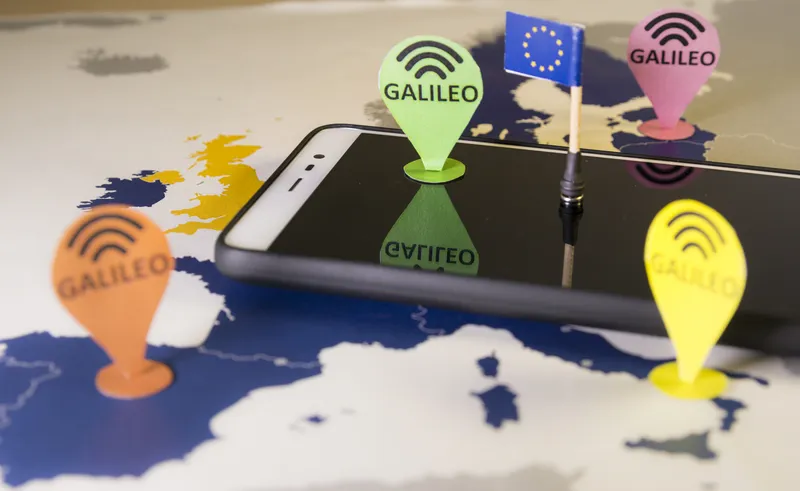VTT Technical Research Centre of Finland and ITS Russia are to partner on the development of intelligent transport systems (ITS). The aim of Project CAVLANE is to develop new services, products and standards, particularly for border crossings.
Part of the project involves testing ITS services for drivers before and after border crossings, such as queue cautions that are hoped to make traffic flow more smoothly at the Nuijamaa border crossing point and standardised European Union vehicle to vehicle (V2V)
August 14, 2017
Read time: 2 mins
Part of the project involves testing ITS services for drivers before and after border crossings, such as queue cautions that are hoped to make traffic flow more smoothly at the Nuijamaa border crossing point and standardised European Union vehicle to vehicle (V2V) warning messages.
Project CAVLANE is part of an initiative of the Russian Ministry of Industry and Trade to create a roadmap for transport solutions that support automated driving and the Autonet-2 scientific and technical initiative. It has already helped to network a range of Finnish organisations and businesses.
The objective is to link CAVLANE to an ITS route sponsored by the Russian Government, which would begin from the biggest cities in Finland and run via Helsinki to Saint Petersburg, Moscow, Kazan and China.
VTT is coordinating the national business consortium, which currently consists of Indagon, Nokia, Vediafi,
The starting point is to promote cross-border cooperation with Russia or other Nordic countries, with the aim of beginning testing new transport services through a business-led approach, according to Juha Kenraali of the Finnish Transport Safety Agency.









